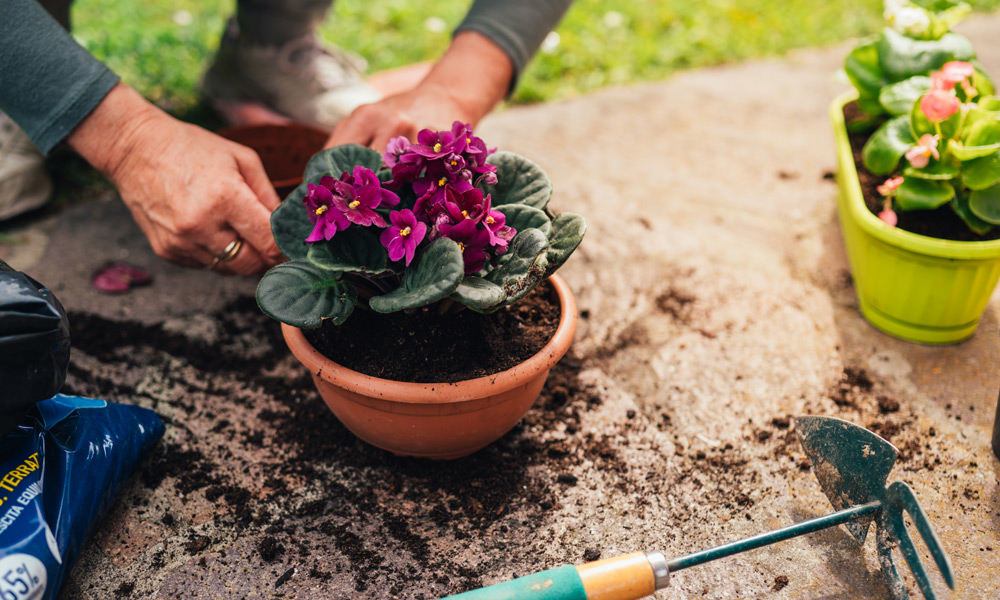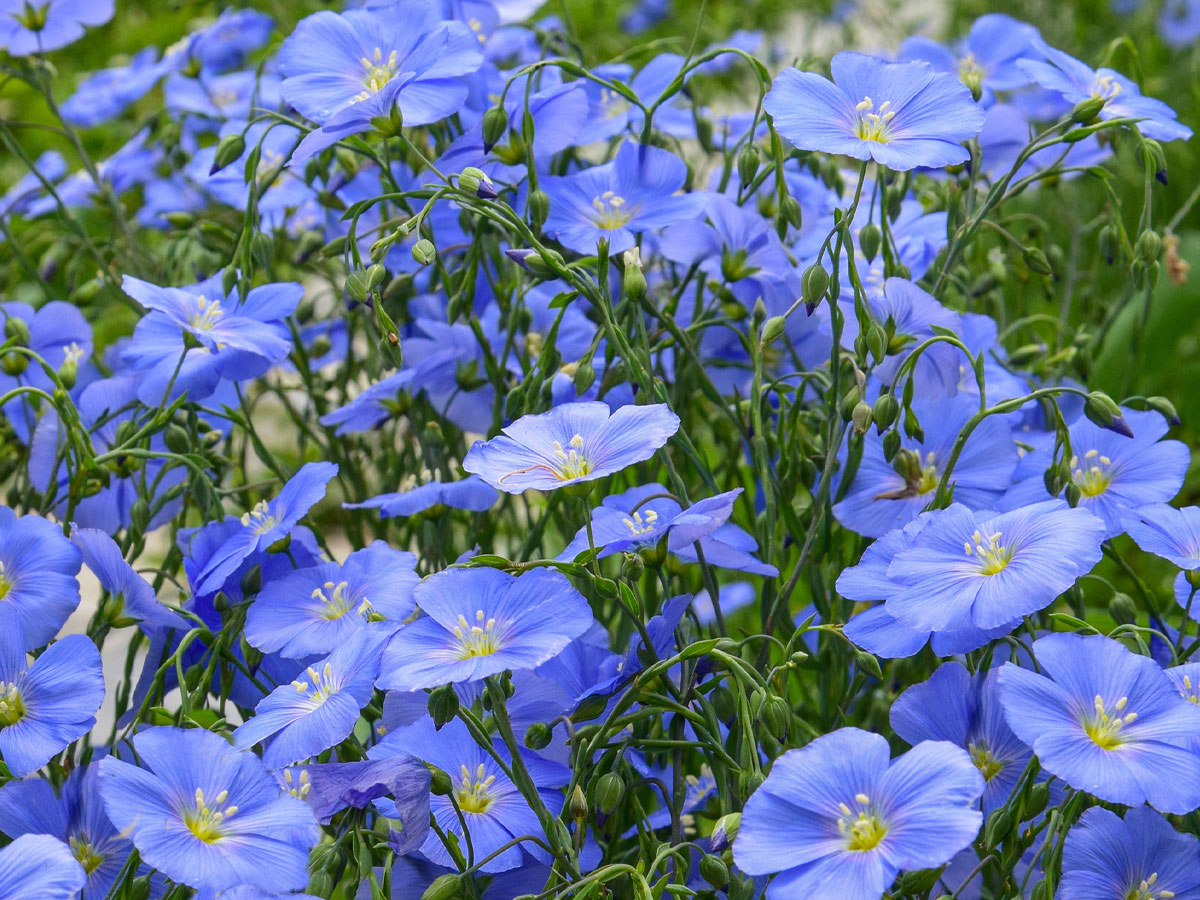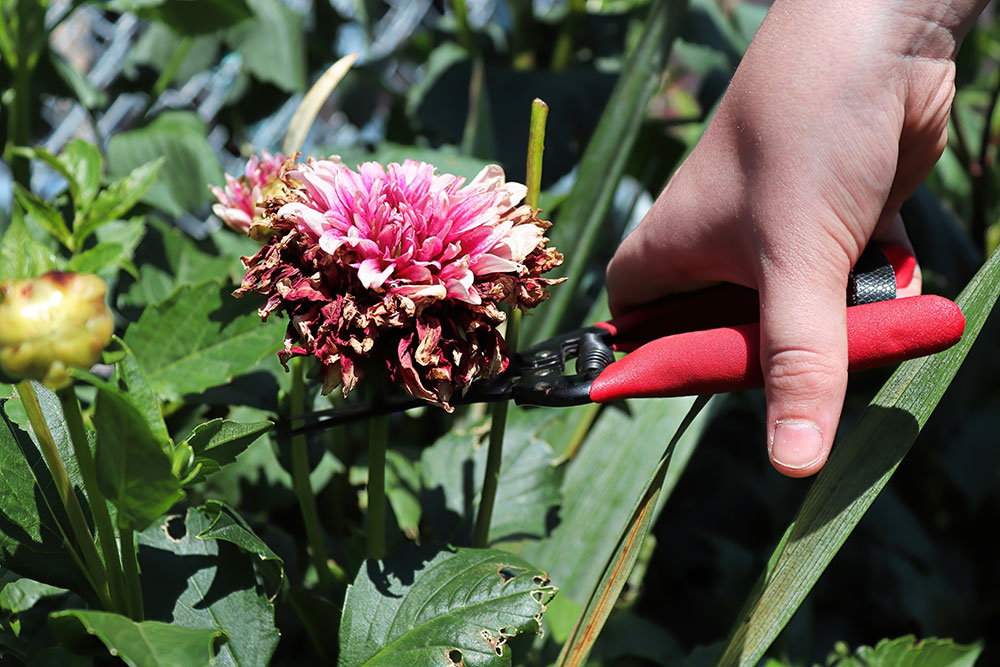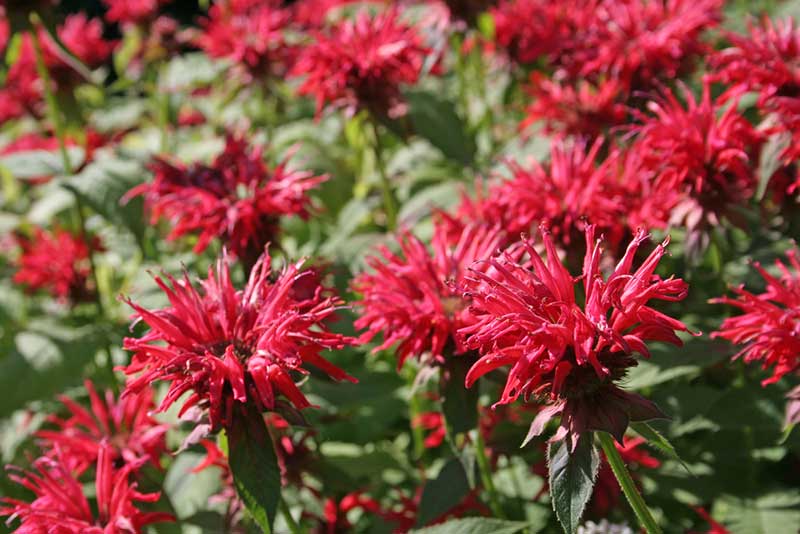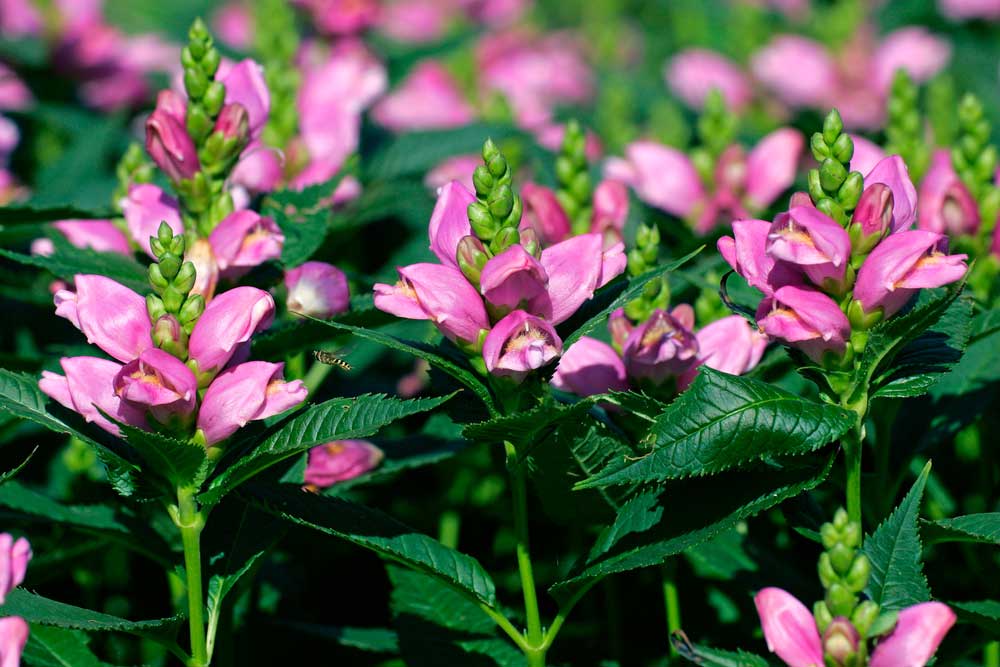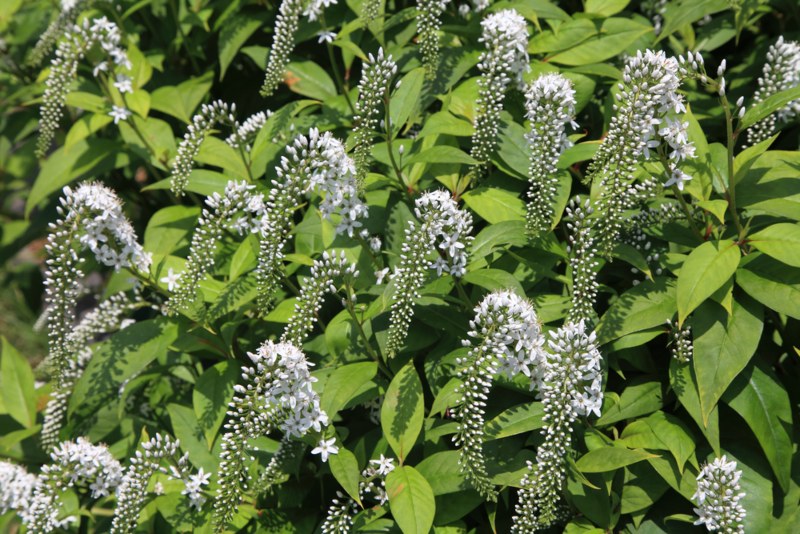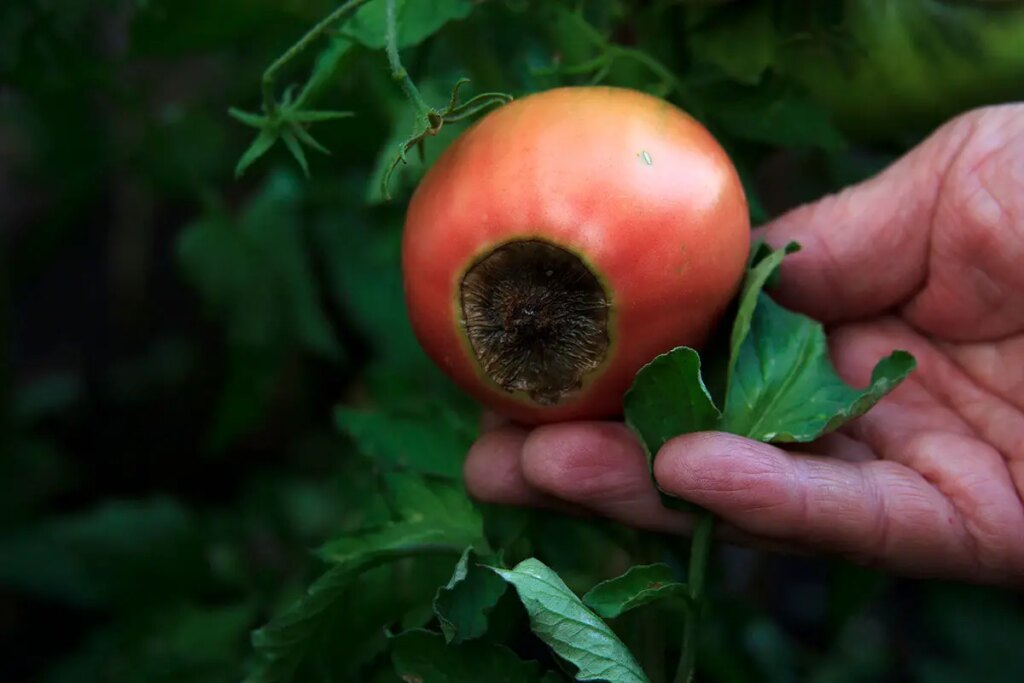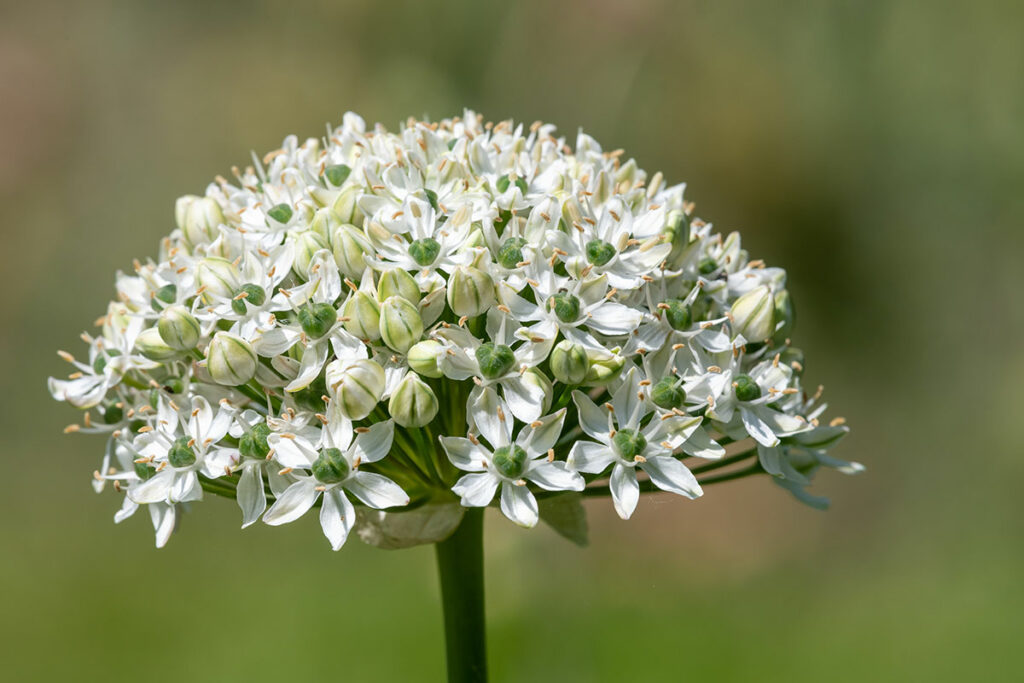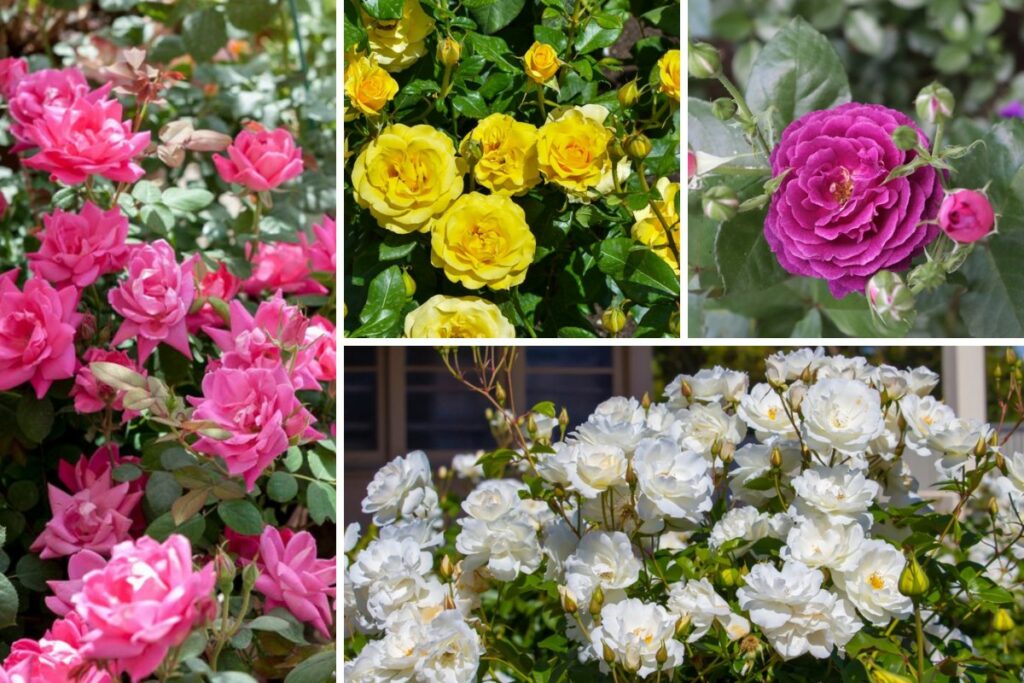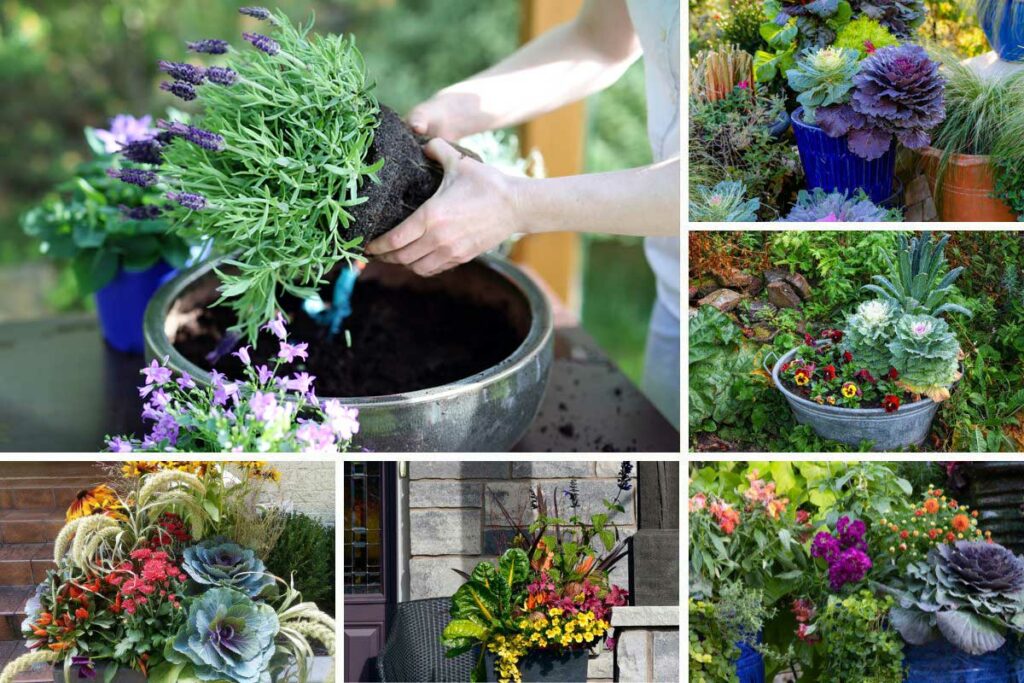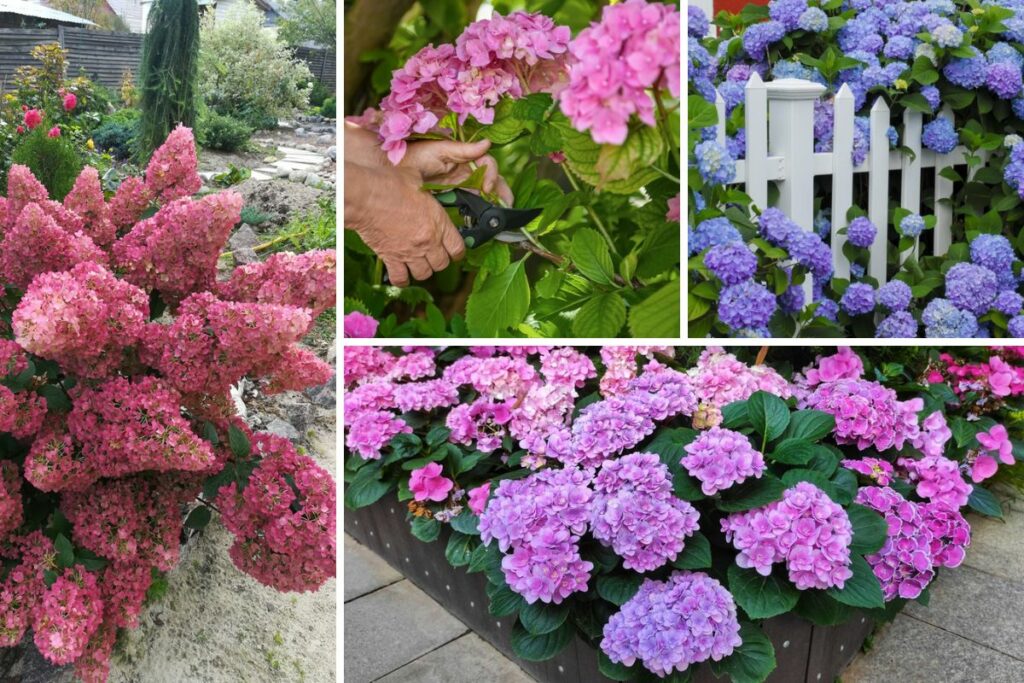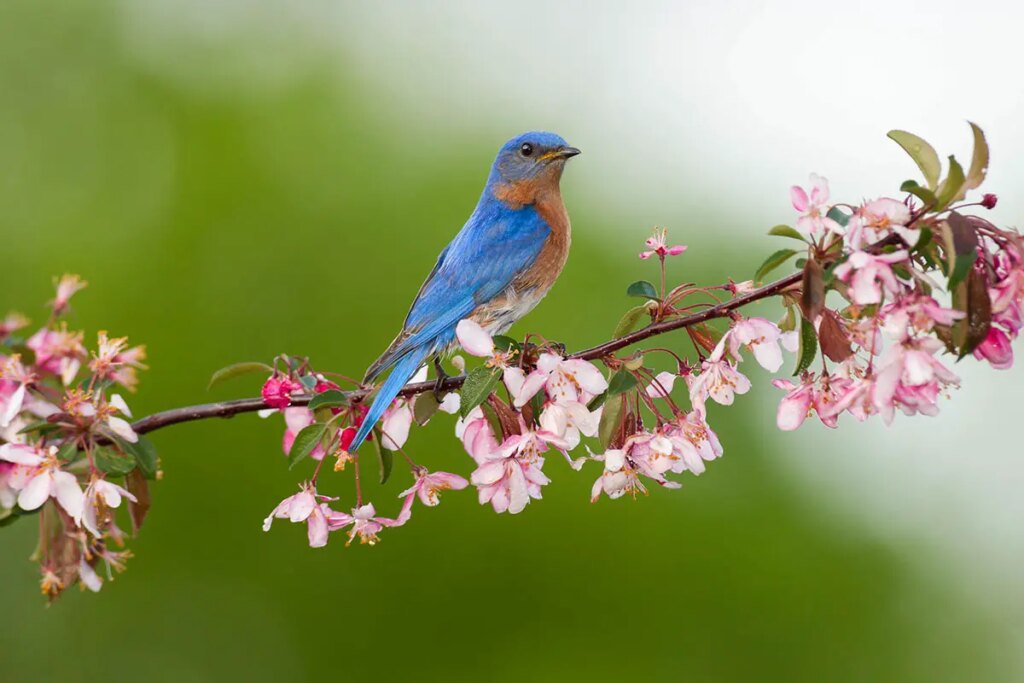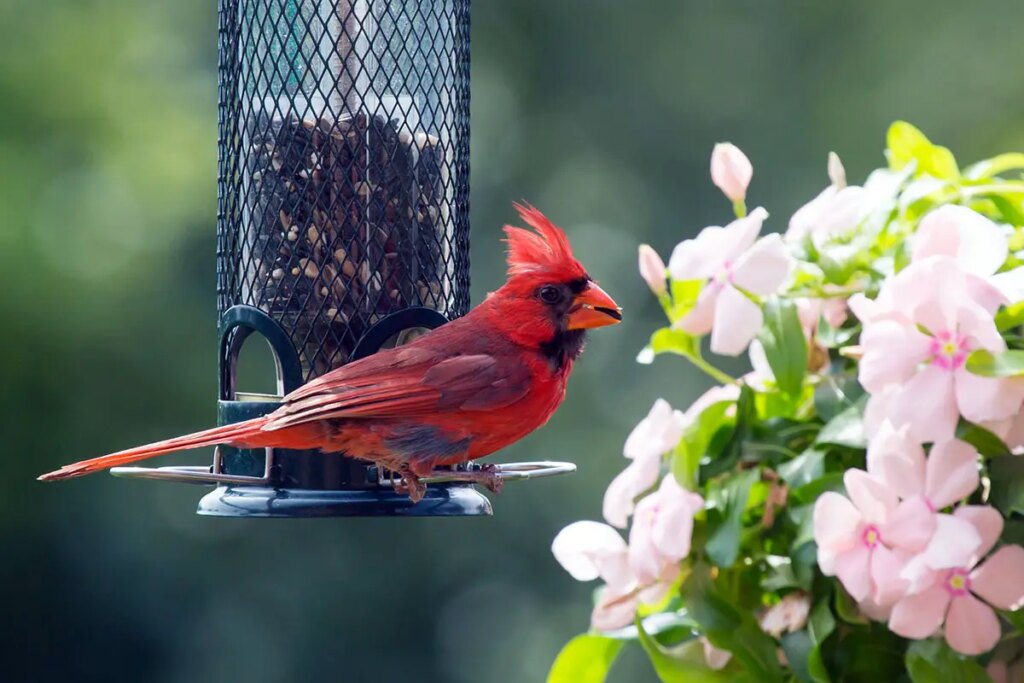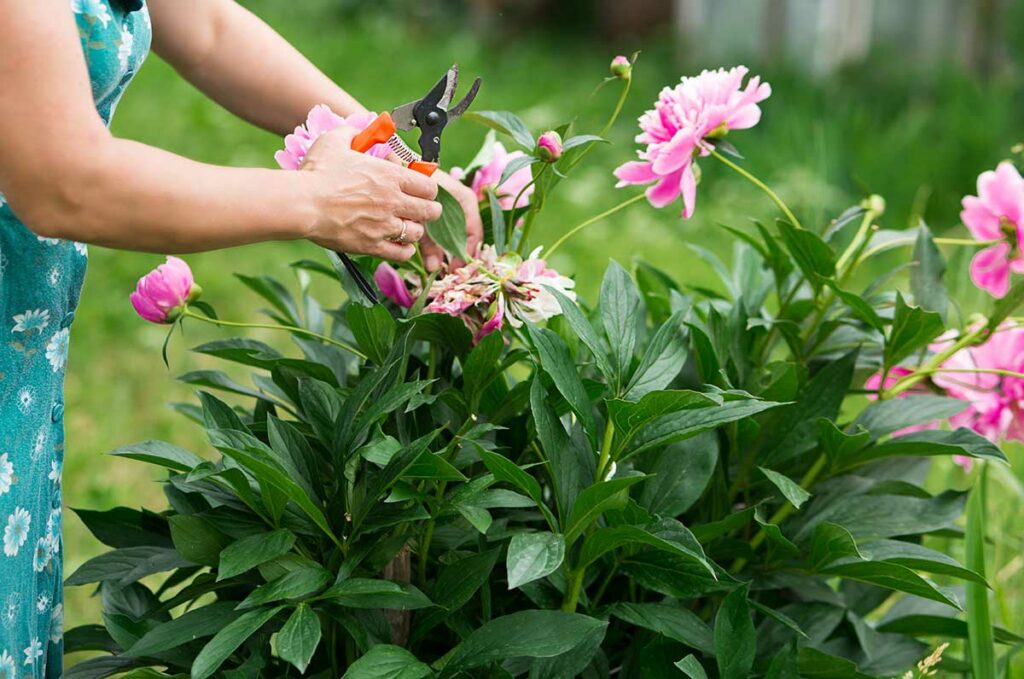
Fall is the perfect time to give your peonies some extra attention to ensure they produce an amazing display of blooms the following spring.
Pruning these beautiful perennials might seem daunting, but with the right knowledge and tools, you can encourage healthier growth and an abundance of flowers. In this article, we will walk you through the basics of pruning peonies in the fall, as well as some tips to navigate common pitfalls.
Peonies are low-maintenance plants, but a bit of timely care can go a long way in promoting their overall health and vigor. Knowing when and how to cut back your peonies is crucial to guaranteeing they thrive come springtime. We will also explore the benefits of fall pruning and the tools required to make the process quick and efficient.
Key Takeaways
- Prune peonies in fall for healthier growth and abundant spring blooms
- Use proper tools and techniques to ensure successful pruning
- Avoid common mistakes to maintain the plant’s vitality and longevity
Understanding Peonies
Peonies are a beautiful and popular addition to many gardens. In this section, we’ll dive into their growth cycle and the importance of pruning to achieve stunning spring blooms.
Growth Cycle
Peonies have a fascinating growth cycle that is important to understand. They start as tiny shoots in early spring and quickly grow into leafy bushes with large, showy flowers. These perennials bloom for a period of about two to three weeks, usually between late spring and early summer, depending on the specific variety and location.
After their blooming period, peonies will continue growing and producing lush foliage throughout the summer months. Their leaves will gradually change colors as autumn approaches, eventually turning yellow and withering away. As winter sets in, the plant will go dormant and remain so until the warming temperatures of spring signal the start of another growth cycle.
Importance of Pruning
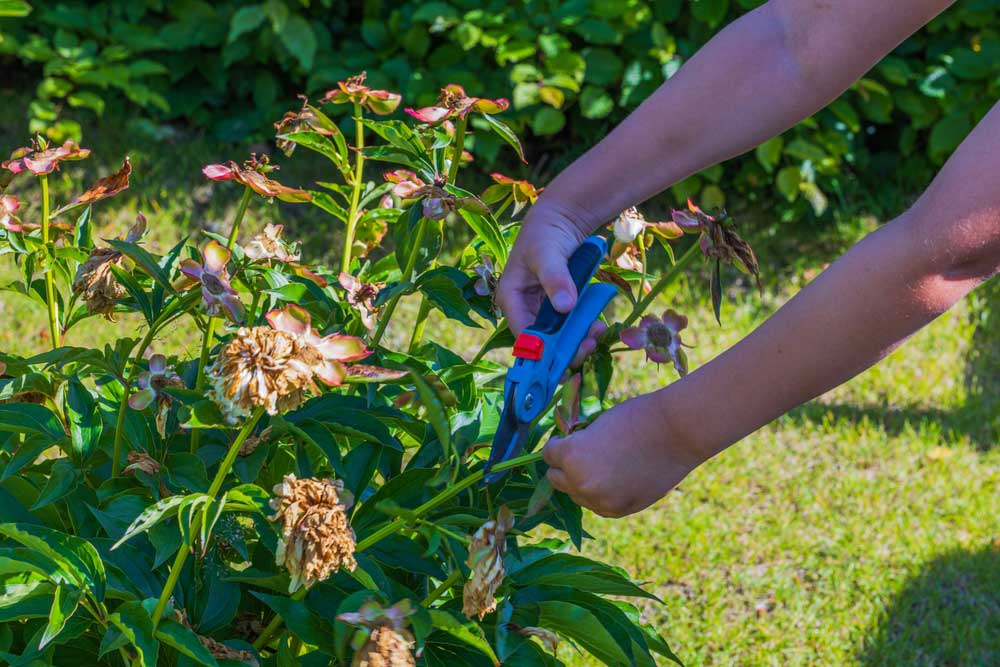
Pruning is essential to maintaining the health and beauty of your peonies. Proper pruning ensures that your plants can focus their energy on producing new growth and stunning blooms, instead of investing in maintaining old or damaged foliage.
Some benefits of pruning peonies in the fall include:
- Encouraging new growth: Cutting back old stems and leaves helps stimulate the plant to produce fresh shoots in the spring.
- Disease prevention: Removing dead foliage and spent blooms can help prevent the spread of diseases and pests that may have found their way onto your plants during the growing season.
- A tidy appearance: Pruning keeps your peonies looking neat and well-groomed, which enhances the overall aesthetic of your garden.
In summary, understanding the growth cycle of peonies and the importance of proper pruning in the fall will help you ensure that your peony plants produce amazing and vibrant blooms every spring.
When to Cut Back Peonies
It’s important to know when to cut back your peonies for the best spring blooms. Generally, you should trim your peonies back in the fall, after the first hard frost.
This usually occurs around late September to early November, depending on your climate and location.
Cutting back your peonies during this time helps to promote new growth in the spring, leading to the amazing blossoms you’re aiming for.
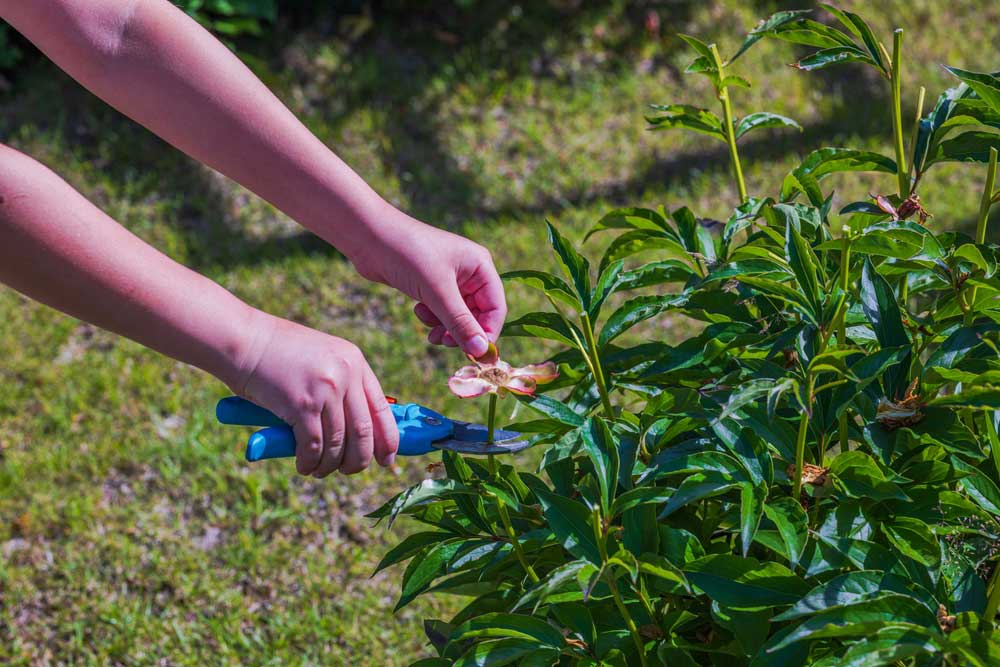
Keep an eye on the weather, especially the nighttime temperatures. When you start to see frost in the morning, that’s your cue to prepare your peonies for their winter rest. Be sure not to cut back your peonies too early, as they need the energy from their leaves to fuel next year’s growth. Allow the plants ample time to absorb nutrients and stock up on energy before you start pruning.
When it’s time to cut back your peonies, grab a pair of sharp, clean pruning shears and remove the stems about two inches above the ground. This helps to prevent disease and encourages strong, healthy growth in the spring. Remember to clean up and dispose of the foliage to prevent any overwintering diseases or pests that could harm your peonies come springtime.
By following these guidelines and cutting back your peonies at the right time, you’re setting the stage for a spectacular display of vibrant, beautiful blooms in the spring. Your patience and care throughout the fall will surely be rewarded with a stunning garden when the season turns.
Tools for Pruning
When it comes to cutting back your peonies in the fall, having the proper tools can make your job a lot easier. Here are some essential tools you’ll need to prune your peonies efficiently and safely:
- Pruning shears: These are essential for making clean, precise cuts on your peony stems. Look for a pair with sharp, durable blades and comfortable handles. Bypass shears are recommended as they provide a cleaner cut compared to anvil pruners.
- Garden gloves: Wearing gloves while pruning not only protects your hands from dirt but also from any potential irritants on the plant or infections that may enter through cuts on your skin. Choose a pair of gloves with a good grip to ensure you have control over your tools.
- A small tarp or container: This will help you collect the trimmed stems, leaves, and other debris as you prune. Keeping your workspace clean as you go can help prevent the spread of diseases and pests.
Before you begin pruning, ensure that your tools have been properly cleaned and sanitized, especially if they were previously used on another plant. Dip your pruning shears in a solution of water and bleach (ratio 9:1) or rubbing alcohol for a few seconds, then, let them air dry. This will help reduce the risk of transmitting diseases between plants.
Remember that timing is crucial when it comes to pruning peonies. Aim to trim them back in late fall, preferably after the first frost. This allows the plant to focus its energy on root growth during the winter months, resulting in healthier, more vibrant blooms come spring.
Step-by-Step Guide to Prune Peonies in Fall
Initial Trimming
Start by removing any dead or damaged stems from your peonies. Use a pair of sharp, clean pruning shears to cut the stems back to about 2-3 inches above the ground. This will help prevent any potential diseases from spreading. Additionally, it’s essential to remove any flowers that were not deadheaded earlier in the season, as these can harbor diseases over the winter.
Clearing The Debris
Once you finish trimming the stems, it’s time to clear away the debris. Rake up any fallen leaves and cuttings around the base of your peonies, and discard them properly. Avoid composting debris from your peonies, as it may spread diseases or pests. This is also an excellent opportunity to check for any potential issues, such as mold or insects. If you find any, treat them accordingly.
Final Clean-Up
After clearing the debris, perform a final clean-up to ensure your peonies are in top shape for the upcoming spring. Inspect the surrounding area for any weeds, and remove them by hand or using a weeding tool. Apply a layer of mulch around the base of your peonies, but be careful not to pile the mulch up against the stems, as this may cause rot. Mulching will help regulate soil temperature and retain moisture to keep your peonies healthy during the winter months.
By following these simple steps, you’ll be setting your peonies up for a stunning display of blooms in the spring.
Care After Pruning
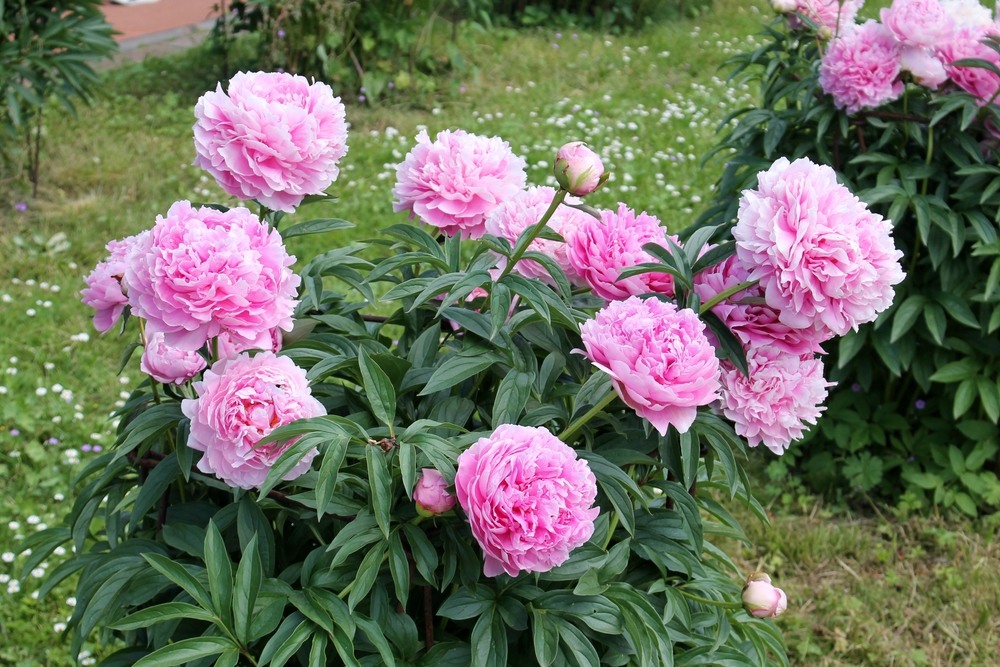
After you’ve pruned your peonies, it’s important to continue with proper care to ensure healthy growth and amazing spring blooms. Here are some key steps to follow:
Firstly, water your peonies regularly, especially if you live in a dry climate. Make sure the soil stays evenly moist but not waterlogged. Overwatering can lead to root rot, which you definitely don’t want. It’s better to water deeply once a week rather than sprinkling lightly every day.
Next, don’t forget about fertilizing. In the fall, apply a balanced, all-purpose fertilizer around the base of each plant. This will provide the necessary nutrients for strong root development and healthy growth. Be careful not to over-fertilize, as too much can harm your plants.
Inspect your peonies from time to time for any signs of pests or diseases. Healthy plants are more likely to successfully fend off any potential problems. Remove any infected leaves or stems immediately to prevent the spread of disease.
Lastly, consider applying a layer of mulch around the base of your peonies in late fall. This will help protect the plants from harsh winter temperatures, retain moisture, and prevent weed growth. Be cautious not to pile mulch too high around the stem, as it can encourage disease and pest issues.
By following these care tips after pruning your peonies, you’ll increase the likelihood of stunning blooms come springtime. Remember to always maintain a friendly and nurturing relationship with your plants, and they will surely reward you with their exquisite beauty.
Common Mistakes to Avoid
When you’re cutting back peonies in the fall, there are a few common mistakes you’ll want to avoid to ensure amazing spring blooms. In a friendly tone, we’re here to guide you in the process.
First, be cautious of cutting back too early. It’s important to wait until after the first hard frost to allow the foliage to die back. This helps to ensure the energy stored in the plant has been fully utilized and ready for a prosperous new growing season next spring.
Next, when trimming the spent leaves, avoid cutting too close to the crown or the base of the plant. Leave about two inches of stem above the ground. This not only helps protect the plant during winter but also allows for easier identification of new growth emerging in the spring.
Another mistake to avoid is not properly cleaning your pruning tools beforehand. Dirty or infected tools can spread diseases among plants. To prevent this, make sure to clean your pruning shears with a solution of one part bleach to ten parts water before using them.
Additionally, it’s important to remove and dispose of the trimmed foliage away from your garden area. Leaving the spent leaves around the plant can attract pests and diseases, putting your peonies at risk for infections and damage during the winter months.
Finally, keep in mind that not all peonies should be cut back in the fall. Tree peonies and intersectional peonies, a hybrid between the herbaceous and tree varieties, should be left alone during the fall pruning process. These types do not need cutting back and instead require some winter protection, like applying a layer of mulch around their base.
By avoiding these common mistakes, you’ll be on your way to enjoying beautiful peony blossoms in the springtime. Just remember to wait for the first frost, cut back correctly, clean your tools, and dispose of the trimmed foliage properly to keep your peonies healthy and happy.
Benefits of Fall Pruning for Spring Blooms
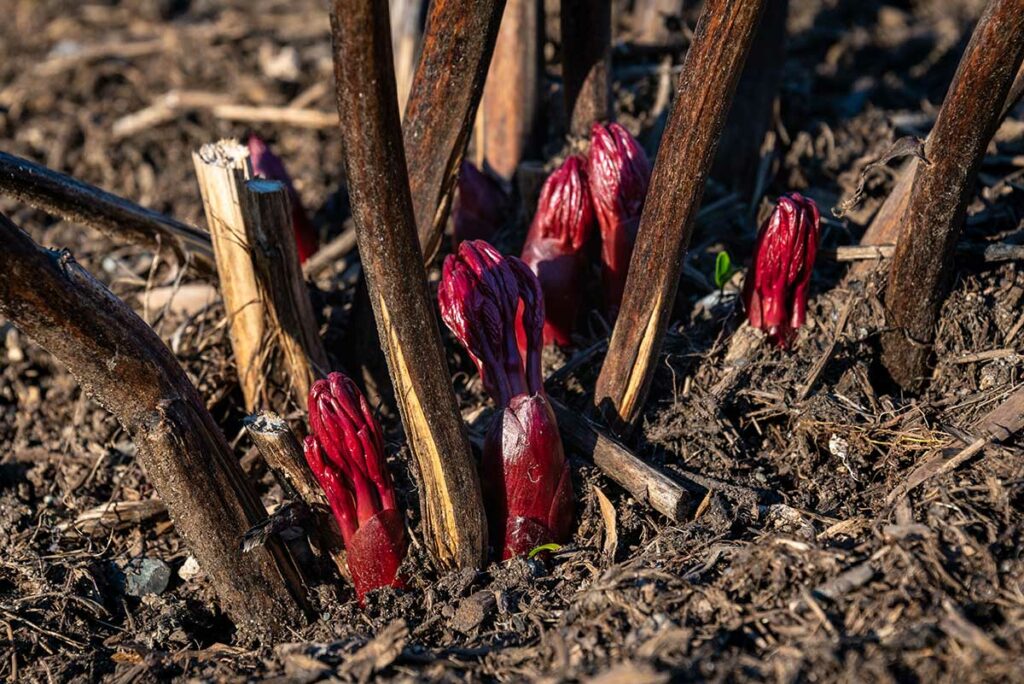
When you cut back your peonies in the fall, you’re setting the stage for a beautiful and bountiful spring display. Pruning in autumn has numerous benefits for your peonies and can help ensure that they look their best the following season.
Proper fall pruning allows your peonies to focus their energy on root development. By removing faded foliage and stems, you’ll help prevent the spread of diseases that can harm your plants. Additionally, fall pruning allows you to clear away any debris that may have accumulated around the base of the plant, making it easier for new growth to emerge.
Another advantage of fall pruning is improved air circulation. Overgrown and dense foliage can limit airflow around the plant, increasing the likelihood of fungal diseases taking hold. When you thin out the stems and leaves in autumn, you’ll provide more room for air to move around the plant, reducing diseases risk come springtime.
In addition to these practical benefits, fall pruning can also help to reshape your peonies for a more attractive appearance in the garden. Over time, peonies can become lopsided or tangled, but with thoughtful pruning, you can maintain their shape and encourage a more balanced growth pattern.
To sum up, cutting back your peonies in the fall will not only keep them healthy but also promote a stunning appearance in spring. Remember to prune responsibly, and your garden will be rewarded with amazing blooms when the warmer months arrive.

